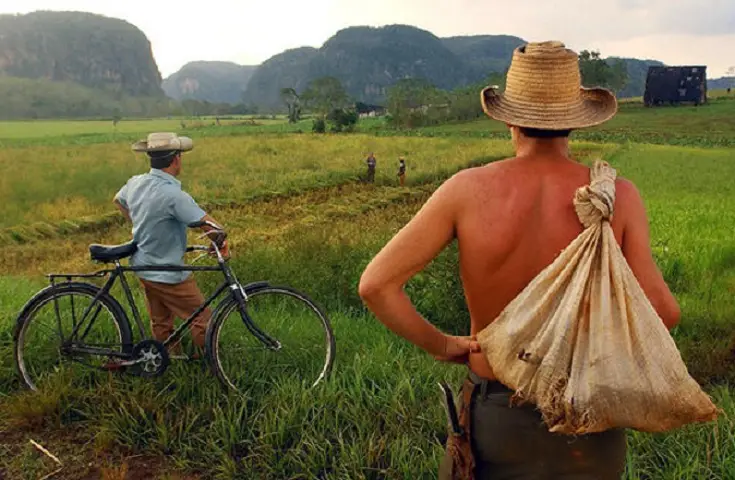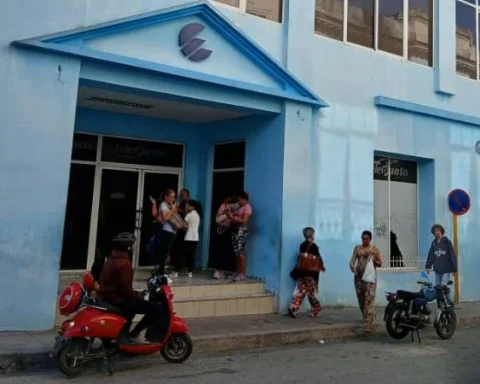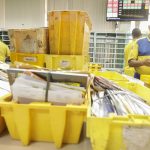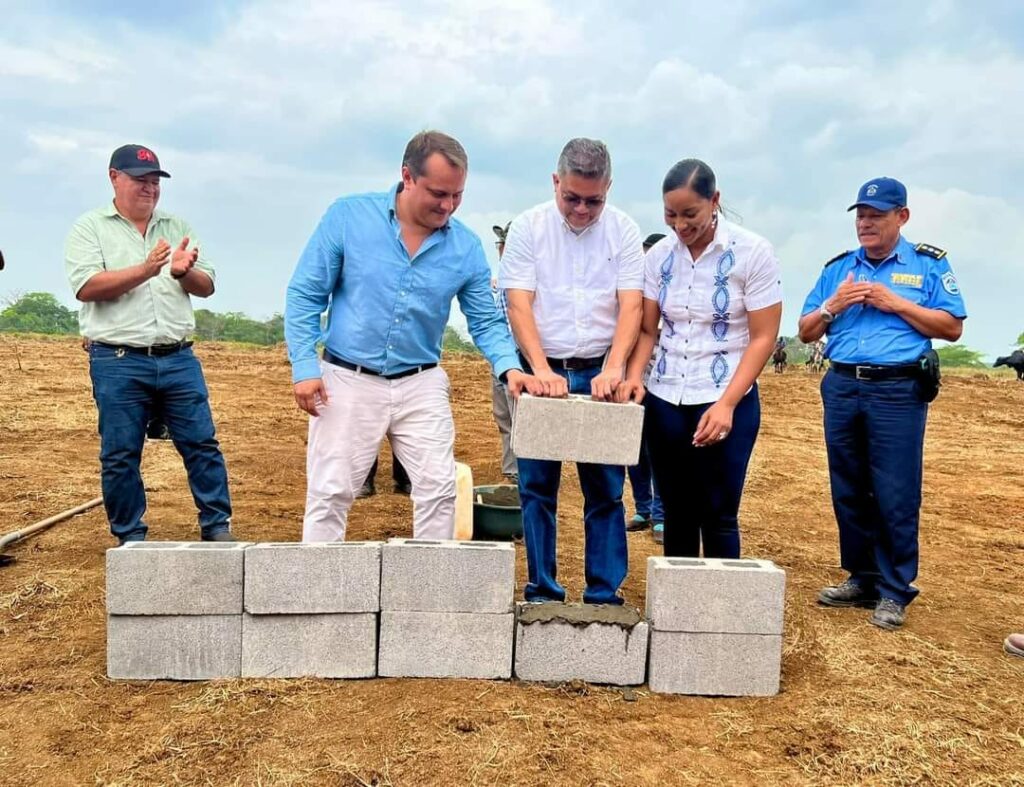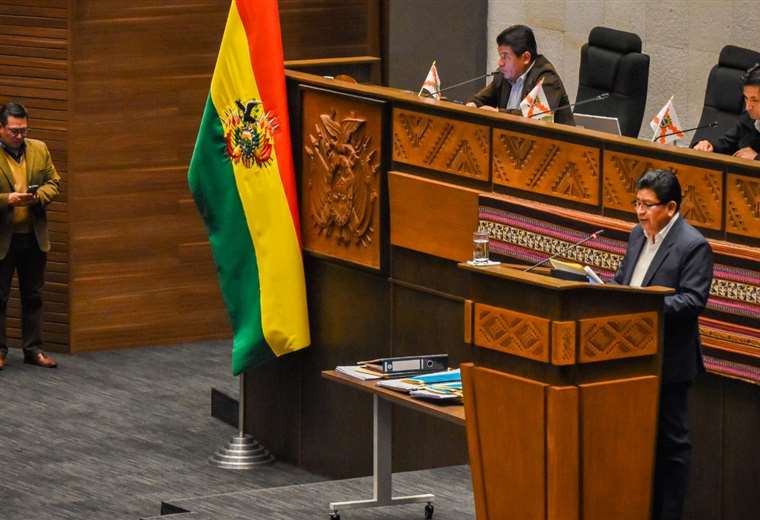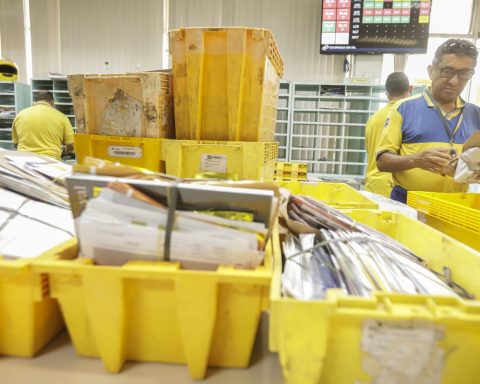LAS TUNAS, Cuba. — This Wednesday, May 17, when the country is plunged into an unprecedented inflationary spiral in its history, particularly marked by the lack of farm products and their consequent increase in prices —a pound of rice costs 170 pesos, 460 a pound for pork, 100 for potatoes, between 150 and 180 for sugar and between 350 and up to 500 pesos per pound of cheese—, the Communist Party of Cuba (PCC) will celebrate the “Farmers’ Day” and the 62nd anniversary of the founding of the National Association of Small Farmers (ANAP).
The regime calls May 17 “peasant’s day” in reference to the fact that on that day in 1959 the so-called “First Agrarian Reform Law”whose transformation of property consisted of eliminating the private latifundia, passing it into the hands of the State, since, in reality, no peasant or any natural or legal person was benefited with the grant of land, neither in ownership nor by any other agrarian contract, Rather, the land expropriated from foreign or Cuban companies or private rural owners passed into state hands, administered by the so-called National Institute of Agrarian Reform (INRA), chaired by Fidel Castro, and which in 1959 functioned in Cuba as a State within the State .
The so-called “First Law of Agrarian Reform”, without producing new agricultural or forestry owners other than the existing ones, only increased ownership and recognized legitimate land owners and handed over titles to those who already, by lease or other agreements with their owners, they worked those lands, which would be 1.1 million hectares, while 7.8 million hectares remained in the hands of the State, that is, 71% of the nation’s agricultural and forestry area, so it is a fallacy (yes, a false reasoning) to say that Castroism carried out an “agrarian reform” putting the land in the hands of those who worked it.
As we have pointed out on other occasions —but because of its political, legal, and economic importance it is always worth remembering—, copying the postulate of the 1940 Constitution that says “latifundio is outlawed”, article 1 of the “Reform Law Agraria” Castro considered that “the maximum extension of land that a natural or legal person may possess will be thirty caballerias”, and, then, the law ensured that the properties that exceeded that limit (402.6 hectares) would be expropriated for “distribution among peasants and landless agricultural workers,” but that “distribution” never occurred, and in the case of the sugar agro-industry, which occupied most of Cuba’s arable land, instead of distributing the land among Those who worked it, in 1960 the so-called “Cane Cooperatives” were established, with the State being the holder of the property right, as it continued to be when in 1962 the cooperatives were renamed “People’s State Farms” and later, in 1963, ” Agrupaciones Agropecuarias”, in a long list of euphemisms, suggestions, detours and disguises that reach our days to make believe that in Cuba the land belongs to those who work it and not to a quasi-feudal State in the hands of the PCC.
To add to the irony, it is an event about which little or nothing is said, the founding of the ANAP bears no relation to May 17, “peasant’s day.” The National Association of Small Farmers was created by the Resolution 247 of January 22, 1961, issued by the INRA, to destroy, yes, liquidate as “counterrevolutionary” the Association of Colonists of Cuba, a trade union organization founded in 1934, where, to defend their rights and protect their interests, large and small cultivators of cane.
May 17 should be remembered in Cuba as the day of the ruin of the camp. And when I say “ruin of the countryside” I am not only referring to the destruction by statism of the sugar and rice agro-industries, the annihilation of the national cattle herd and, in short, the catastrophe of all agricultural, forestry and fishing productions that suffer for many years the Cuban people. May 17, 1959 marked the beginning of the disappearance of rurality, those ways of doing or not doing in our fields that go back to our aboriginal, Spanish and African ancestors, habits and techniques, from agricultural to culinary, later enriched with the arrival to our land of immigrants from different parts of the world, and that they were expropriated, all of them, Cubans and foreigners, these days 64 years ago, destroying not only the customary agrarian law, but also the ways of working the land that have result in the unproductiveness and idleness of the Cuban countryside, and above all, in the ways of behaving human beings, who from honest and hard-working people became thieves, bums and pimps by the work and grace of the communist “formation”.
OPINION ARTICLE
The opinions expressed in this article are the sole responsibility of the person who issues them and do not necessarily represent the opinion of CubaNet.
